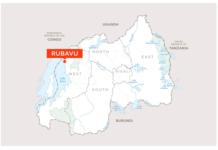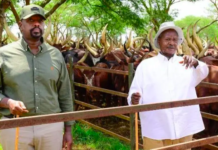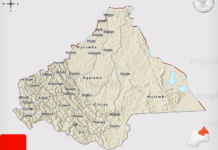The World Bank has come up with a creative tool called “Enabling the Business of Agriculture (EBA), which identifies and monitors regulations that affect agriculture and agribusiness markets. With its EBA, the Bank seeks to inform and encourage policy decisions that foster an environment that is conducive to businesses in agriculture. The World Bank explains why EBA is vital:
“The world will need to feed 9 billion people by 2050. This rapid rise in population will require farmers to increase agricultural production by at least 50 percent. Smart and balanced regulations and policies, along with responsible investments, will be crucial if the needed food supply is to be sustainably produced and distributed. In addition, one-third of the world’s workforce is engaged in agriculture, and 750 million poor, equivalent to about two-thirds of the global poor, work in agriculture. Clearly, if poverty is to be eradicated, more efficient agricultural value chains which can generate more on and off-farm jobs will need to be in place.”
Towards contributing to the transformation of agriculture, the World Bank developed indicators to assess aspects related to (a) production inputs; (b) market enablers that facilitate farmers; as well as (c) facilitation of firms and producers in selling their goods and services. The 2016 EBA Report covers the following six topics:
- Seed
- Fertilizer
- Machinery
- Finance
- Transport
- Markets
Of particular interest are two critical categories — namely, seed and machinery. EBA seed indicators identify the obstacles affecting the “timely introduction and production of high quality seed from formal sources.” Availability of initial seed classes, evaluation and registration of new varieties , and seed quality control requirements are at the heart of this critical indicator. In the case of machinery indicators, EBA measures obstacles facing importers of tractors, as well as regulations for standards and safety.
So, how do the East African Community (EAC) member countries perform in the seed and machinery categories? In the seed category, the EAC countries score out of 100 as follows:
- Kenya — 90.6
- Tanzania — 71.9
- Burundi — 53.8
- Uganda — 44.2
- Rwanda — 27.7
In the machinery category, EAC countries score out of 100 as follows:
- Kenya — 57.2
- Tanzania — 51.4
- Uganda — 51.0
- Rwanda — 41.1
- Burundi — 35.6
As is evident here, Rwanda is the worst performer in the seeds category and the second worst performer in the machinery category.
The Kagame regime is beyond repair. While it boasts of building a knowledge-based economy, or transforming Rwanda into a modern cashless society, the regime cannot even provide seeds for farmers — most of whom are subsistence farmers still tilling land with hoes.






























































